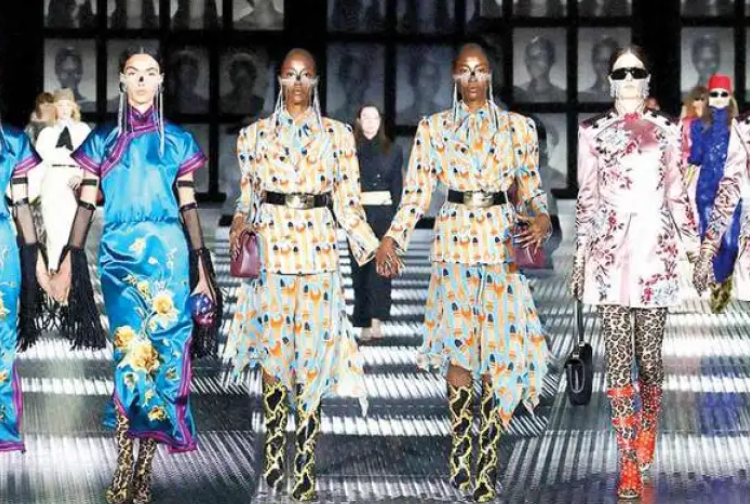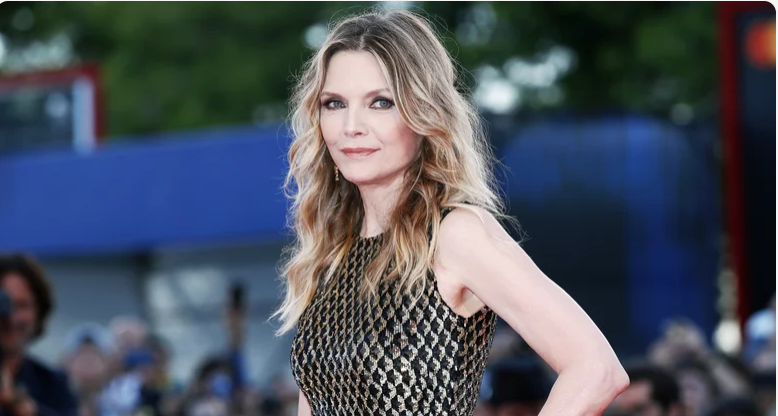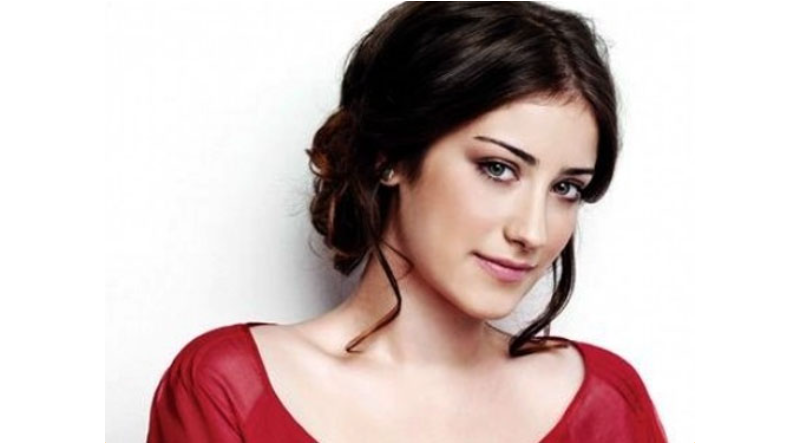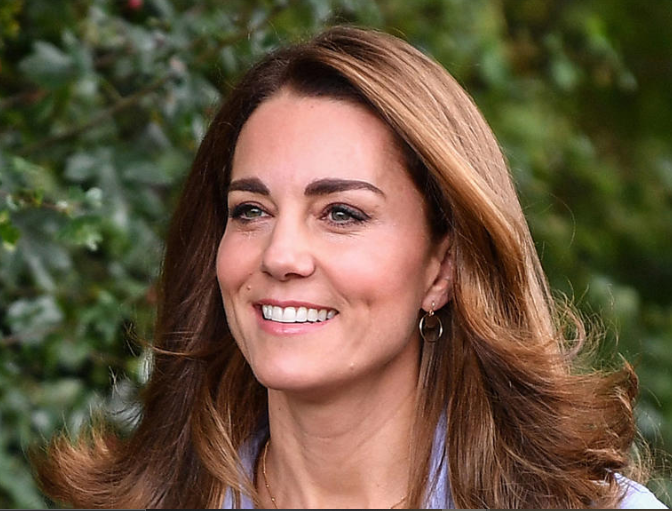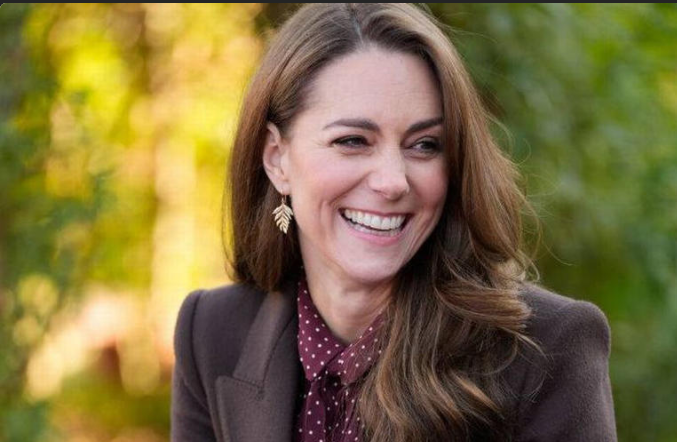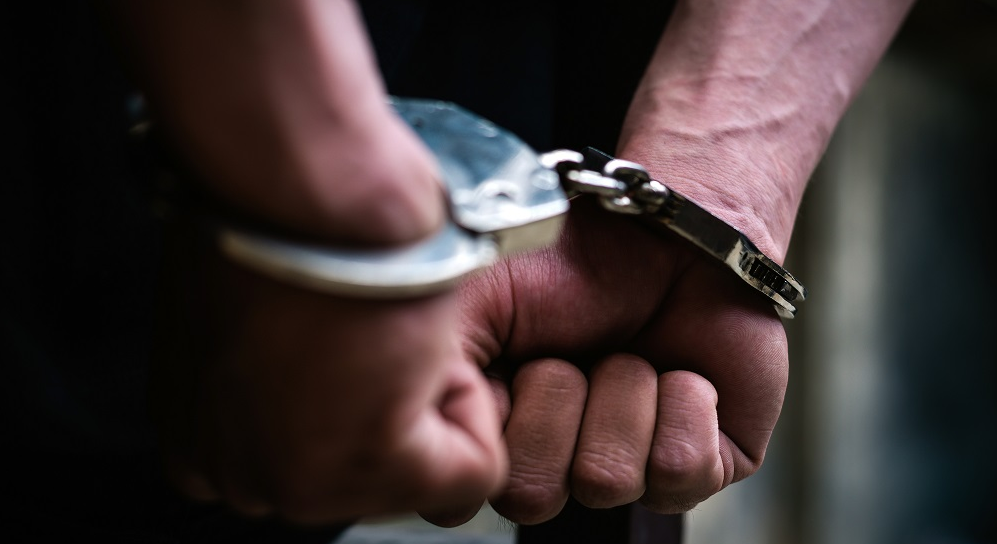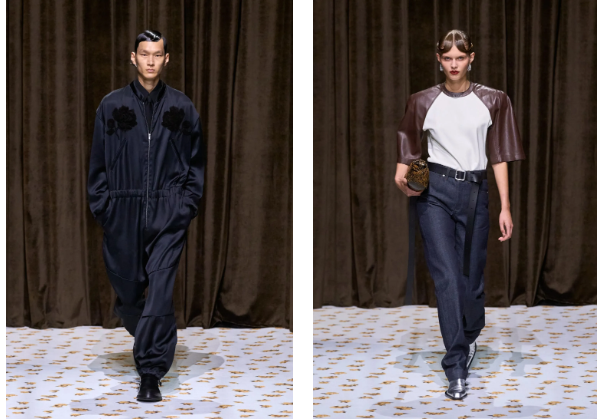
As the Saudi Arabian Grand Prix revs its engines, both on the scorching asphalt and in the buzzing atmosphere, a parallel phenomenon is gaining serious traction: the ascendance of racecar driver fashion in the style stakes. The days when motorsport was confined to the gritty realm of pit crews and hardcore enthusiasts are long gone. Today, the racetrack has transformed into an unexpected catwalk, and the dynamic aesthetic of the Grand Prix is accelerating directly into the heart of high fashion.
“Motorcore,” “speedwear,” “racer revival”—whatever label you prefer, the look is instantly recognizable. Picture sharply shouldered leather jackets, boldly branded jumpsuits, sleek wraparound sunglasses, and a generous helping of zippers and studs. This trend, which also embraces leather mini-skirts, vintage sports tees, chunky chains, and playful fringe details, has burned rubber from the vibrant streets of Dubai to the chic avenues of Manhattan, the bustling alleys of Tokyo to the cool corners of Copenhagen, and even onto the prestigious runways of luxury fashion powerhouses.
The Spring 2025 Paris Fashion Week served as a high-octane showcase. Vaquera ignited the runway with a racing tee emblazoned with a sponsor-like logo across the chest. Dior elevated the concept of sportswear into sophisticated evening attire, presenting elegant interpretations of track trousers and striking moto-check jackets. Even the purveyors of minimalism have succumbed to the allure, with Jil Sander’s Milan collection subtly hinting at racer chic through impeccably tailored pieces and understated nods to performance gear and sleek moto jumpsuits.
This isn’t merely a fleeting fancy; it’s rapidly evolving into a significant commercial force. Saint Laurent unveiled a belt that unmistakably draws inspiration from motorcycle hardware. TAG Heuer joined forces with streetwear titan Kith to relaunch a limited-edition Formula 1-themed collection of watches and accessories, seamlessly blending Swiss horological expertise with the vibrant culture of the circuit. Furthermore, Dior, whose ongoing fascination with Formula One intensified last year, enlisted none other than seven-time world champion Lewis Hamilton—a style icon in the paddock—to co-design a capsule collection with Dior Men’s former Artistic Director Kim Jones, merging haute couture with motorsport-inspired elements.
And just when the relationship between fashion and F1 seemed to have reached peak closeness, LVMH floored the accelerator. The luxury conglomerate was recently announced as the global sponsor of Formula One in a groundbreaking ten-year agreement set to commence with the Melbourne Grand Prix in March 2025. As part of this landmark deal, LVMH’s esteemed brands will curate exclusive hospitality experiences and craft bespoke activations throughout the racing calendar. Louis Vuitton—already the creator of the iconic trunk that houses the Formula One trophy—will deepen its involvement, alongside Moët Hennessy and TAG Heuer (a nostalgic nod to its earlier role as F1’s official timekeeper in the 1990s and early 2000s).
The increasingly blurred lines between fashion and Formula One signify more than just a trend; they represent a genuine convergence, perfectly timed in an era where luxury seeks both an edgy appeal and the thrill of adrenaline. So, whether your heart beats for the roar of the pit lane or the elegance of Place Vendôme, fasten your seatbelts—Grand Prix fashion is firmly in the driver’s seat and shows no signs of slowing down.


